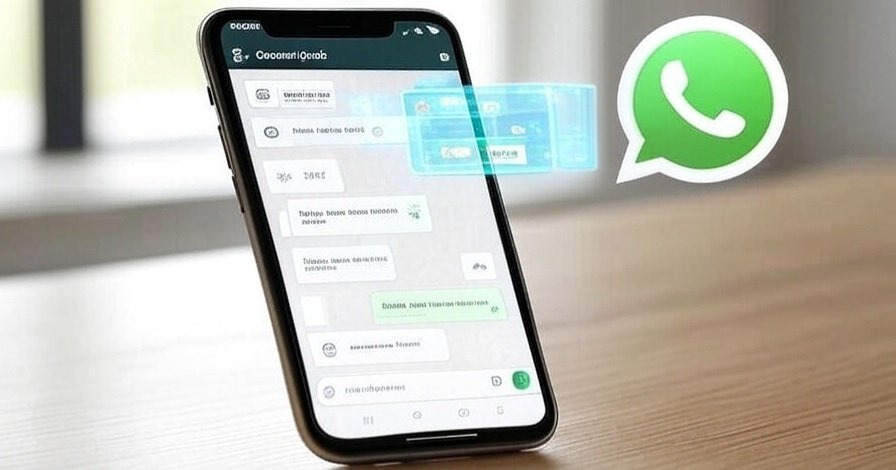Explore the transformative journey from Web 1.0 to the current Web 2.0, and delve into the promising horizons of Web 3.0. Discover how decentralization, AI, and interconnectedness are reshaping the internet’s future.
Web 1.0: The Dawn of the Read-Only Web From 1989 to 2004, the internet’s infancy gave rise to Web 1.0, a read-only landscape. Tim Berners-Lee, an English computer scientist, initiated this era at CERN, emphasizing information sharing and universal content access.
Web 2.0: Embracing the People-Centric Web In 2004, Web 2.0 emerged, ushering in an interactive era. Empowering content creators to dynamically update their sites, it birthed social media, blogging, and instant messaging, reshaping our digital realm.
Web 3.0: The Vision of Decentralization and Democracy Web 3.0 envisions an internet that’s decentralized and democratic. Unlike Web 2.0’s centralized servers, Web 3.0 employs algorithms and blockchain principles to collectively host sites. Key features include:

- Decentralization: Liberating data from centralized control, Web 3.0 scatters it across diverse locations, restoring user autonomy.
- Artificial Intelligence: AI reigns supreme, delivering hyper-personalized recommendations, surpassing Web 2.0’s capabilities.
- Machine Learning: Web 3.0 leverages machine learning, enabling computers to mimic human data processing. Expect swifter, more relevant results in various domains.
- Permissionless and Trustless: Web 3.0 invites all to participate without relying on intermediaries. Peer-to-peer networks and blockchains enable direct interactions.
- Ubiquity: Information intertwines seamlessly. IoT devices access and share data, fostering a highly connected digital ecosystem.
The Road to Web 3.0: A Gradual Journey Web 3.0’s dawn, propelled by blockchain technology, is already underway. Yet, like the shift from Web 1.0 to Web 2.0, this transformation is gradual. Anticipate a revolution that may take time but promises to reshape the internet fundamentally.
Web 3.0 signifies a momentous shift in the internet’s evolution. With decentralization, AI-driven personalization, and seamless data connectivity, the future web promises openness, democracy, and user-centricity. As we witness this digital transition, we glimpse a forthcoming internet that embraces a new era of possibilities.






You must be logged in to post a comment.